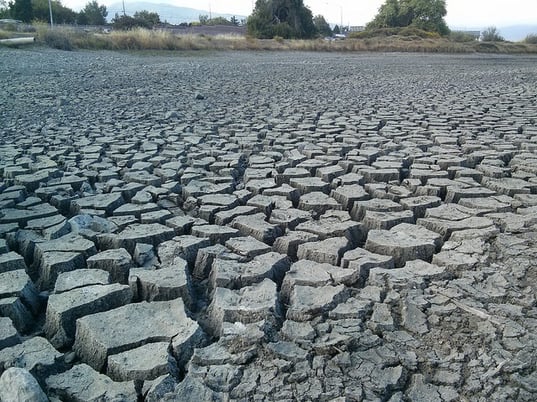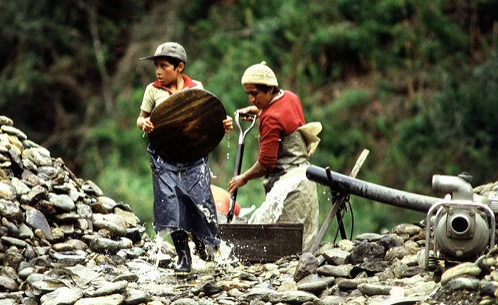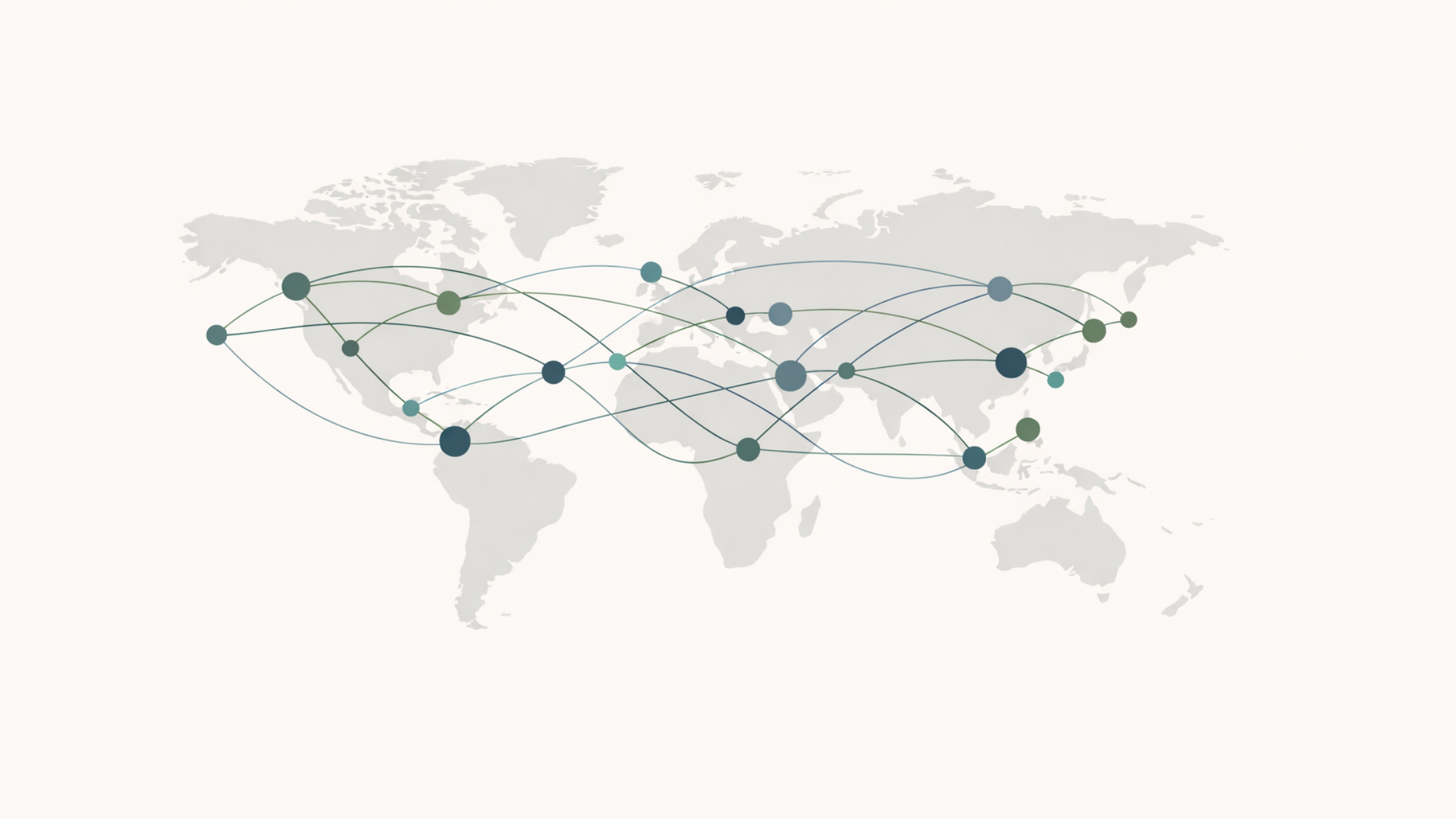Much attention has been paid to the concept that global warming will cause a dramatic drop in the value of carbon
reserves. A major shift towards non-carbon-based energy and non-carbon feedstocks for chemical processes could “strand” assets tied to oil drilling, coal mining, and fracking activities. Various groups have tried to quantify the downside risk to energy companies, if the response to climate change occurs.
However, there are other assets that climate change could strand. And, there are other sustainability trends that could result in stranding other types of assets. Both corporate managers and investors should probably examine these risks, too.
Other Climate-Related Stranding
Most scientists tie the current widespread pattern of water shortages  and droughts to climate change. They believe that deforestation due to tree harvesting, conversion of forest to farmland, and stress on forests from increased temperatures is reducing flow of water into aquifers and streams. The continued growth of the world’s population and rising use of water for the production of goods (e.g., the electronics, fabrics, and steel industries are all heavy water users) or food (both for irrigation and in beverages), are making things worse.
and droughts to climate change. They believe that deforestation due to tree harvesting, conversion of forest to farmland, and stress on forests from increased temperatures is reducing flow of water into aquifers and streams. The continued growth of the world’s population and rising use of water for the production of goods (e.g., the electronics, fabrics, and steel industries are all heavy water users) or food (both for irrigation and in beverages), are making things worse.
One societal response to this issue has been pressure to reduce use of water and to reuse water. However another response could be for communities to constrain or even expel water-intensive industries from their locality. A new bottling plant or a solar panel factory may create jobs. But local politicians will hear screams from their constituents if they run out of drinking water.
Based on this logic, it is easy to imagine a gradual progression where existing water-using facilities become less economic. Communities could cut off water supplies to irrigated agricultural lands—something that has already occurred in central California as the result of that state’s extended drought. Companies that have factories or farmland on their books that could be affected by these changes may need to adjust their value downward, if they cannot find a way to mitigate the risks posed by further climate change.
Other Sustainability Trends to Watch
A number of other sustainability-related trends could produce asset stranding.  For instance, both the US and the UK have implemented rules regarding the use of “conflict minerals.” These rules per se reduce the value of mines that cannot meet these standards—and reduce the GDP and financial future of the countries where these mines are located. Rules on child labor and forced labor could eventually reduce much of the cost advantage previously held by clothing factories, fish farms, and electronics groups in less-developed countries.
For instance, both the US and the UK have implemented rules regarding the use of “conflict minerals.” These rules per se reduce the value of mines that cannot meet these standards—and reduce the GDP and financial future of the countries where these mines are located. Rules on child labor and forced labor could eventually reduce much of the cost advantage previously held by clothing factories, fish farms, and electronics groups in less-developed countries.
Many of the world’s largest companies are adopting stringent sustainability standards for their suppliers. They are asking for details on how supplier employees are hired and paid, what health and safety processes are in place, and how suppliers handle ethics and corruptions issues. Losing a major customer could put a supplier company out of business—effectively stranding the assets it has accumulated.
Next Steps
Both corporate managers and investors care about risk and seek ways to manage it. Companies that fully understand the risks posed by sustainability-related trends should be able to devise strategies to mitigate this risk. If companies disclose their strategies, investors may use this information to adjust their risk assessment for these companies. (However, there is a chance that investors could adjust their risk assessment upwards instead of downwards, if they had not previously understood that the company and its peers faced a new risk.)
Each identified risk may also generate opportunities for growth and new products. We have seen this process already in the energy business, which has spawned areas such as smart grid technology, battery technology, and wind power. Pressure to find new sources of water has driven a renewed interest in desalinization and in safely injecting waste water into aquifers. Concerns about conflict minerals and labor issues have driven customer companies to find new sources of supply for the materials they need. There may also be an opportunity for the financial industry to invest in projects that aid these adaptations and for the insurance industry to offer policies that explicitly protect companies (and investors) from sustainability-related risks.
We believe companies need to take a longer term and strategic look at the risks associated with asset stranding. They can no longer wait to take action after one of their factories collapses or their water taps run dry.
Photos courtesy of Tyler Bell and Maurizio Castanzo via Flickr cc.

Bahar Gidwani is CEO and Co-founder of CSRHub. He has built and run large technology-based businesses for many years. Bahar holds a CFA, worked on Wall Street with Kidder, Peabody, and with McKinsey & Co. Bahar has consulted to a number of major companies and currently serves on the board of several software and Web companies. He has an MBA from Harvard Business School and an undergraduate degree in physics and astronomy. He plays bridge, races sailboats, and is based in New York City.
CSRHub provides access to the world’s largest corporate social responsibility and sustainability ratings and information. It covers over 17,000 companies from 135 industries in 133 countries. By aggregating and normalizing the information from 525 data sources, CSRHub has created a broad, consistent rating system and a searchable database that links millions of rating elements back to their source. Managers, researchers and activists use CSRHub to benchmark company performance, learn how stakeholders evaluate company CSR practices, and seek ways to improve corporate sustainability performance.

.png)
